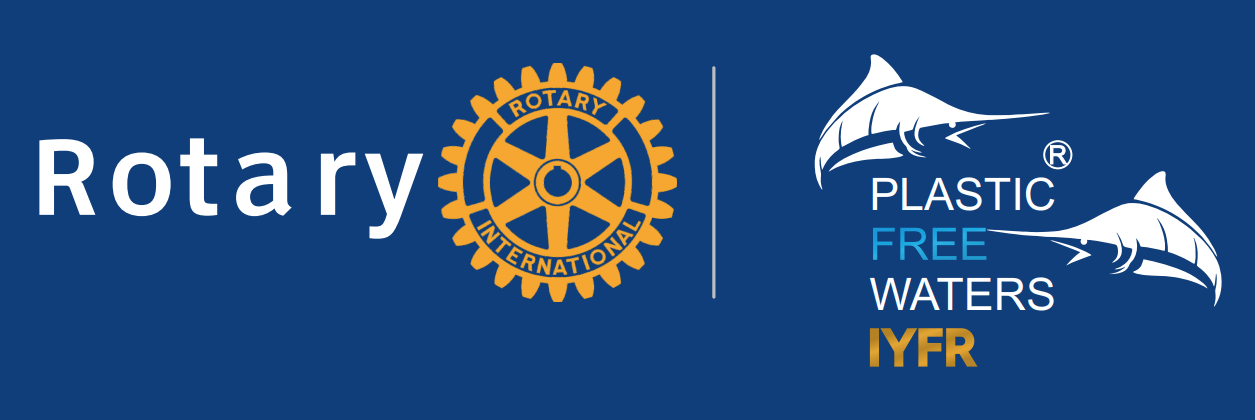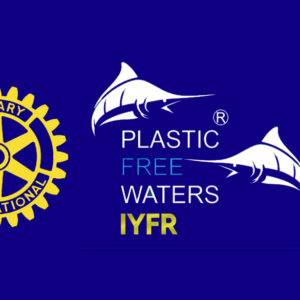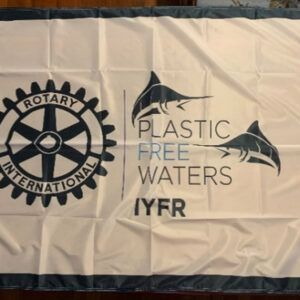THE ISSUE
“Plastic pollution has emerged as the second most ominous threat to the global environment, after climate change”
The planetary problem of plastic waste pollution is now generally known. However, we believe it is useful to provide some details here and underline some aspects, in order to better understand their extent, absolute gravity and prospects. In particular for the plastic found in the seas and oceans.
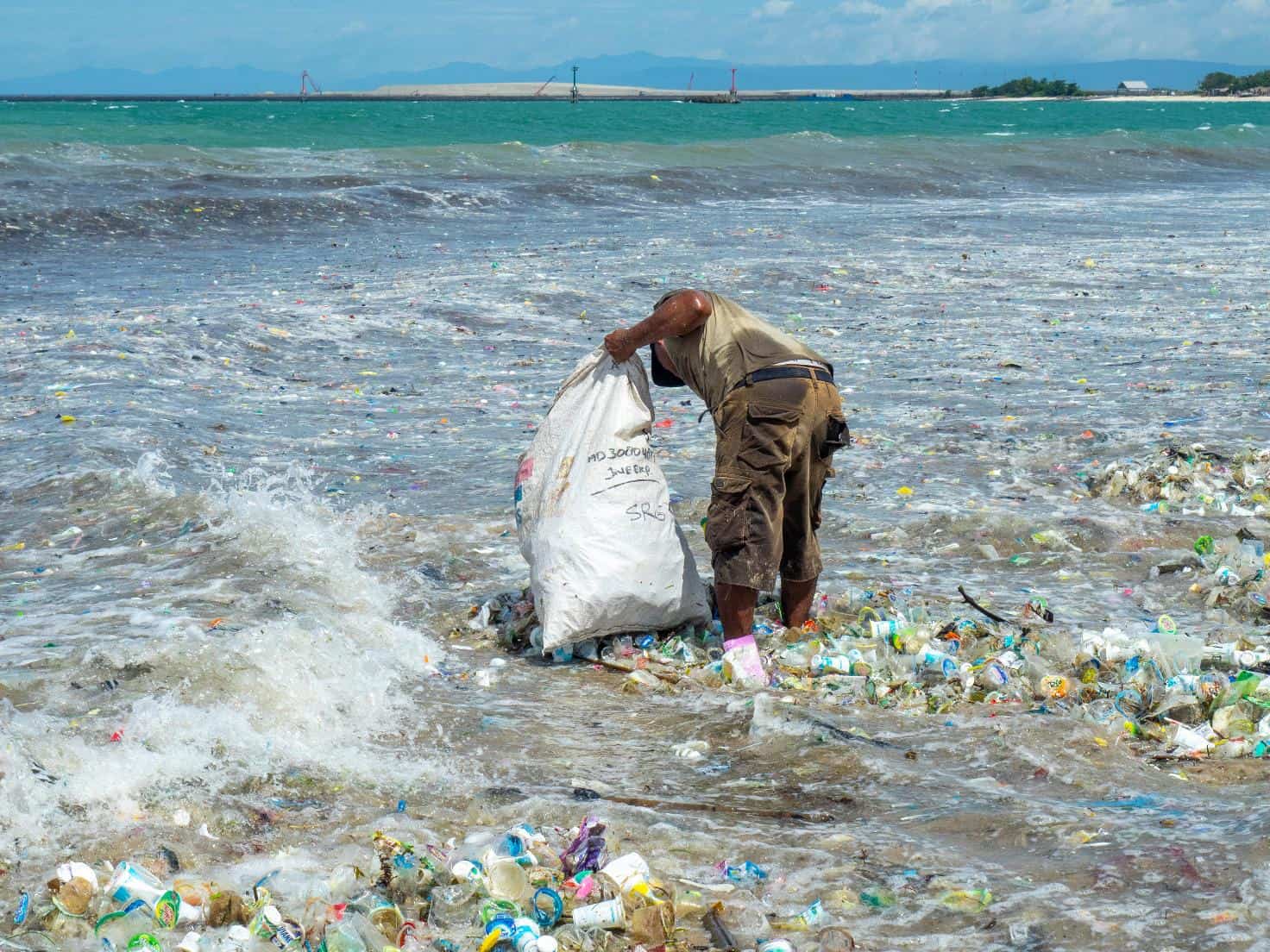
From the Start
Since the beginning of its production in the 1950s, about 9 billion tons of plastic have been produced, and of these about 170 million (source EU) are now found in the seas and oceans. Plastic production in 2019 alone was around 400 million tons. Practically, except for the small part burnt in incinerators and some biodegradable bags, ALL the plastic produced from the beginning always exists: in fact, plastic, in its various types of common use, is not biodegradable, and can only physically disintegrate until it is no longer visible, but this after hundreds of years, or even more. For some types up to 1000 years. In fact, it happens that, due to the action of light (UV rays), salt, and the movements of the sea, the plastic become fragments, in smaller and smaller pieces, up to the very small which are defined as “microplastics”.

Foto Sandro D’Onofrio
Today
The picture is getting worse and worse, because every year another 8 million tons of plastic waste are ‘dumped’ into the sea (some estimates reach 12 million tons). It is as if every minute a big lorry of waste is unloaded into the sea, every day, every month, every year.
Once it reaches the sea or the ocean, the waste, whole or broken up or shredded, or in general macroplastics and microplastics, is carried by the currents and accumulates at every level, from the surface of the sea to the greatest depths, according to its specific weight.
(source: Pubblicazioni ONU)
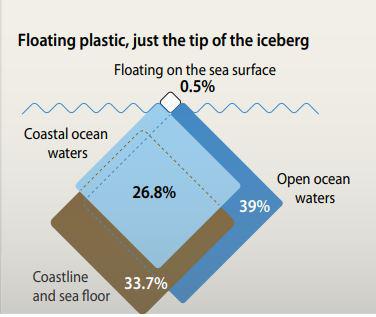
Of all the plastic found in the seas today, 26.8% are found in coastal waters, 33.7% are scattered along the coasts or lying on the ocean floor, and 39% are submerged in any depth. Only the 0.5% float on the surface.
(source: UN publications)
Tomorrow
If the current pace and trend were maintained, in the seas and oceans there would be one tonne of plastic for every three of fish in 2025. Before 2050, the total weight of plastic waste will already have become greater than that of all fish in all oceans. The reality is however worse, unfortunately, the trend is instead upward, and it is already estimated that in 2025 the world production of plastic will be 600 million tons. And the fishes are less and less, due to overfishing and to the consequences of the plastic pollution of the oeans.
(source: UN publications)
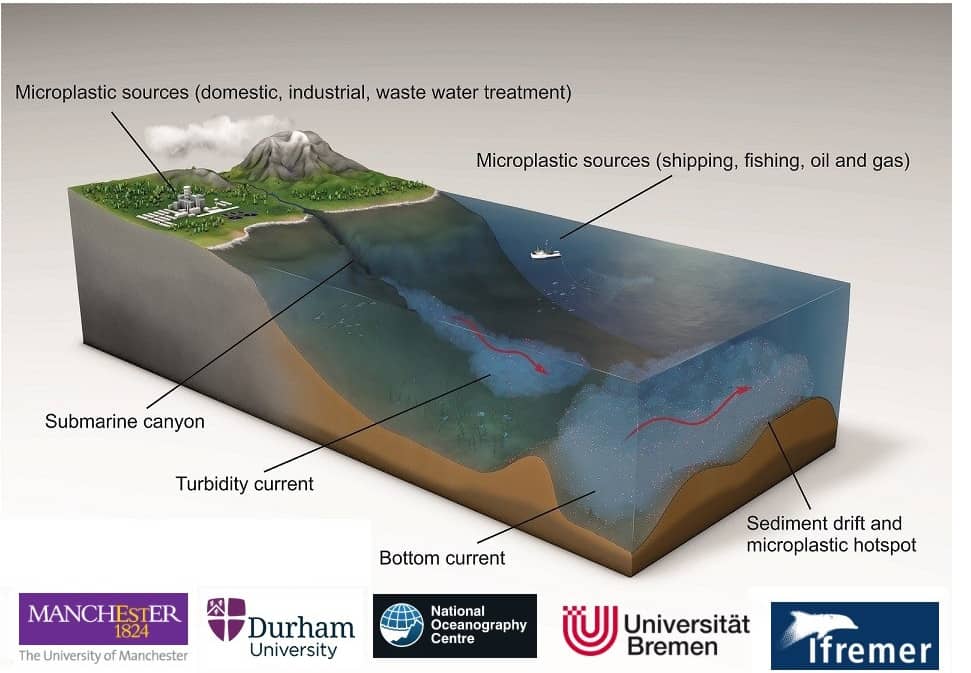
CONSEQUENCES AND DAMAGES
– Dangers and damage to the life of marine animals
– Damage to marine ecosystems
– Dangers to the food chain
– Damage to fishing activity
– Damages to coastal gourism
– Damages to maritime transport activities, and danger to their safety
– Damages to marine ecosystems due to the enormous quantity of waste, of all sizes, which now covers and suffocates large areas of the seabed, where fish and marine animals feed. Furthermore, plastic waste is used as a “hitch-hiking” by invasive species (algae), which can thus settle thousands of miles from their areas of origin, damaging or destroying local species.
– Dangers and damage to the life of marine animals, which, unable to distinguish plastic from food, now eat more plastic than food. But plastic cannot be digested and produces, starting from plankton and up to the largest birds and marine mammals, a perverse effect:
with the stomach full of plastic,they feel sated and therefore they do not look for more food. The little real food present cannot provide the necessary energy supply, with the consequent decline in physical efficiency, the inability to move, swim, fly, etc., and the unavoidable death.
According to UNESCO, over 100,000 mammals die each year due to plastic pollution
At the same time there is very serious damage caused by the plastic encountered: suffocation by plastic bags, entanglement in abandoned nets (with consequent death by drowning, hunger, strangulation, etc.), wounds with infections or impediment to development caused by rings or other plastic shapes and objects.
– Dangers to the food chain. At the beginning of the marine food chain there is zooplankton, which feeds by sucking in water and retaining phytoplankton as nourishment. But now along with phytoplankton it also eats nanoplastics, with consequences ranging from negative to lethal. The problem is renewed and amplified at each step of the food chain, as the big fish will eat plastic as food, and will eat the smaller fish, and the plastic it contains.
And so on, up to the fish eaten by man.
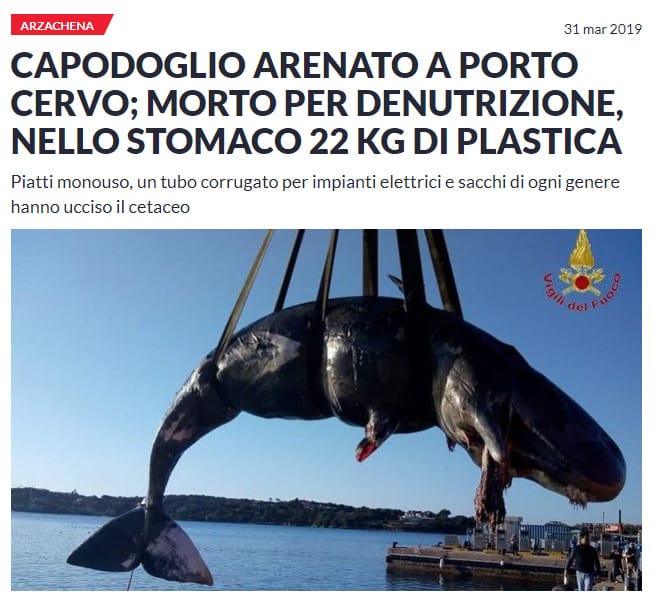
Cetacean dead of starvation. He had 22 kg of plastic waste in his stomach

The albatross returns to the nest with the stomach full of “food”, and feeds the baby by transferring part of the contents to it. But if he ate more plastic than food, the fate of the baby albatross is sealed (as the parent’s one).
And for the man?
That the plastic that can be found (and is found) in the human stomach is in itself harmful to humans is still debated. In any case, the nanoplastics that enter the human body can deposit and accumulate in organs, including the brain. The necessary further research will tell us. But it doesn’t seem like a good reason, in the meantime, to keep eating it, only to discover later that: Yes, it is actually very harmful.
This is to speak of “pure” plastic.
On the other hand, the toxicity for animals and humans of the additives that are normally used for various purposes (flame retardants, plasticizers to make products more elastic, antioxidants, UV stabilizers, etc.) is well known.
For animals it has been found that they adversely affect reproductive function and are carcinogenic. They are dangerous for humans by ingestion, inhalation or even just by contact with the skin.
And, in this regard, are of concern the characteristic of many types of plastics which consists in attracting and absorbing, for chemical-physical causes, the so-called POPs (Persistent Organic Pollutants), highly toxic and carcinogenic, such as PCB, DDD (formerly DDT), and other.
These substances are present in the waters of the seas and oceans in a very rarefied way, but the ability of plastics to attract them could lead to the formation of concentrations up to a million times greater than that in the surrounding waters, and therefore no longer harmless. Substances harmful to hormonal function, such as additives to make plastics more elastic, have been associated with clinical problems such as breast cancer, infertility, early adolescence, excess weight, allergies, diabetes.
Not much better are the extemporary and uncontrolled waste treatment activities: toxic substances, such as carbon monoxide, nitrogen, dioxins and furans, are generated by burning plastic in the environment. These substances have been associated with a whole range of dysfunctions. The ashes from combustion can contaminate soil and water.
To sum up, it may turn out that the risks to human health and all forms of marine life are even worse than what has been ascertained to date.
Why is there so much plastic litter on the planet?
Plastic is practically indestructible. And it is a seemingly absurd thing that it is used in the vast majority to produce objects that are used for a few minutes and then thrown in the trash. But only apparently. In reality, no one would be interested in making items that families would buy once every 50 or 100 years. Manufacturers and large users therefore soon began to introduce to the market the concept of “disposable”, or “use and throw away”. The practicality and the (apparent) low cost impressed the consumer …
… The production of plastic has increased exponentially, and shows no signs of decreasing. And the same is true for plastic waste. In fact, up to now, the timid initiatives of a regulatory, economic, technical nature, recycling, incentives, and support, scientific research, experimentation with new materials, creating and spreading awareness among the people about the problem and the necessary new behaviours have proved completely insufficient to change things.
On the other hand, the resistance on the part of producers to take responsibility and bear the costs of the pollution caused is always very strong. Resistance implemented with various campaigns and lobbying to delay or empty the new regulations of content, to create or revive their (false) image of eco-responsible organizations, or to transfer the responsibilities and costs of the “after the use “: collection, treatment, possible recycling, but above all in many developing countries, the costs of” non-collection “, in terms of heavy global pollution often irreversible, economic, environmental, biological, ecological and human health damages.
How does the plastic trash come to the oceans?
Unfortunately, mainly from densely populated areas of the earth and with almost nonexistent waste management. Only about 20% of the plastic present in the seas has marine origins (navigation, fishing, fish farming or mussel and oyster farming). 80% instead comes from the mainland and, in particular, from 8 major rivers, of which 6 are in Asia : Amur, Blue River, Yellow River, Mekong, Ganges, Indus, Nile, Niger. For the Mediterranean, most of it is produced by the Nile and a couple of Turkish rivers …
… With winds and currents, plastic travels thousands of km, ending up, especially as a result of storm surges, on coasts and beaches.A large part then ends up in some oceanic areas where the currents converge creating slow eddies, where therefore the concentration of the bits and pieces of floating plastic is greater than that outside these areas, sometimes improperly called “islands”. In fact, the maximum concentration reaches about 4-5 pieces of plastic every 250 square meters of marine surface.
It should be noted that the plastic waste that is dumped into the ocean for example from a river in Southeast Asia was not necessarily all produced in the countries crossed by that river. In fact, many “Western” countries, which are the largest producers of plastic waste, have found an inexpensive and elegant way to get rid of that waste by sending it to complacent developing countries. Once here, because they do not know what to do with it, the waste is abandoned in nature or poured into the rivers, from where it obviously reaches the sea. The phenomenon increased in importance after China, which was buying them for its own industrial needs, decided to end this type of supply. Recent international regulations now prohibit the trafficking of plastic waste of this kind, except when the government of the recipient country has given its specific consent.
We are talking about legal exports. But there are always those that circumvent the rules, and those that are illegal.
“Planetary Limits”
Finally, remember that plastic is one of the elements taken into consideration by the “Chemical pollution and release of new substances” process of the “Planetary Boundaries”, or Planetary Limits:
“chemical pollution and the release of new entities, ie radioactive compounds, heavy metals, and a wide range of organic compounds and biological organisms, produced by man. Chemical and biological pollution negatively affects the health of humans and ecosystems, and is caused by the uncontrolled spread of plastics, the use of herbicides and pesticides and pharmaceuticals, antibiotics and hormones in livestock “.
Already in 2009 an article was published in the scientific journal Nature, signed by 29 of the leading scientists in Earth sciences and in the science of sustainability, which identified the main processes that regulate the stability and resilience of the earth system. proposing – for these processes – quantitative limits within which humanity can continue to develop and prosper for generations to come. These limits were dubbed “planetary boundaries”, and exceeding them increases the risk of generating sudden or irreversible environmental changes on a large scale.
The objectively unsustainable situation and perspectives no longer allow consciences to remain inert and passive.
